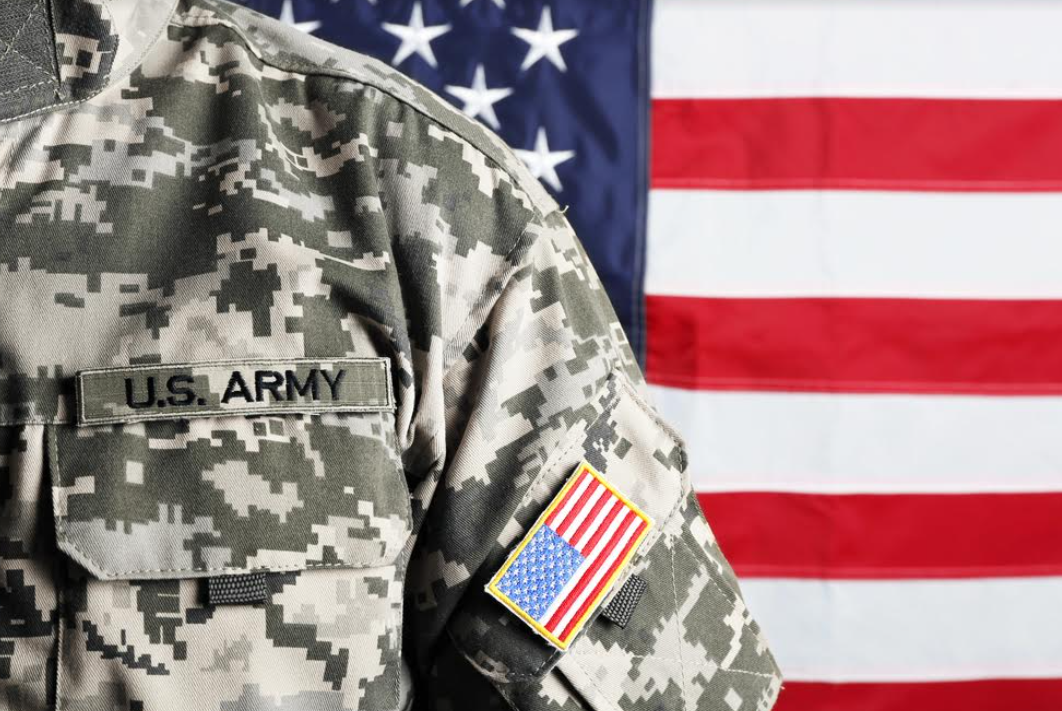The U.S. Army, founded on June 14, 1775, has played a pivotal role in shaping the nation’s history and defending its values. As we celebrate the Army’s birthday, we honor the traditions of courage, dedication, and service that define this esteemed institution.

This article dives into the rich history of the U.S. Army, explores how we honor its service members through decorations like thin ribbons, and explains the evolving traditions that continue to inspire future generations.
When Was the U.S. Army Founded?
The birth of the U.S. Army dates back to the early days of the American Revolution. On June 14, 1775, the Continental Congress established the Continental Army, marking the inception of what would become the United States Army. This decision was a response to the growing need for organized military resistance against British rule, as colonial militias were inadequate to secure independence.
General George Washington was appointed Commander-in-Chief and tasked with leading this nascent force. The establishment of the Army signaled the colonies’ commitment to defending their rights and pursuing sovereignty. Over the years, the U.S. Army has evolved from a small group of revolutionaries into one of the world’s most formidable military forces.
A key milestone in the Army’s early history is the Siege of Boston, where the Continental Army’s perseverance and strategic ingenuity led to a significant victory. The Army’s role in securing American independence was solidified with the eventual triumph at Yorktown in 1781. These early successes laid the foundation for the Army’s enduring legacy of courage and resilience.
Today, the Army continues to honor its origins through various traditions and ceremonies, celebrating its storied past while looking forward to the future. The significance of these traditions is often symbolized through uniform decorations, such as thin ribbons, representing its members’ courage and service.
Honoring Service and Sacrifice
Honoring the service and sacrifice of U.S. Army personnel is a deeply rooted tradition that underscores the Army’s values of duty, honor, and country. To recognize soldiers’ bravery and dedication, medals and ribbons are awarded to those who have demonstrated exceptional service and bravery. These decorations serve as symbols of individual achievement and as reminders of the collective sacrifice made by all service members.
Among these decorations, thin ribbons play a significant role. Unlike standard ribbons, thin ribbons are permanently fixed on a rigid backing, making them durable and maintaining a lower profile on the uniform. Crafted from 100% American-made heraldry-approved ribbon stock, these ribbons are meticulously arranged according to the order of precedence. This attention to detail ensures that each ribbon rack reflects the service member’s achievements with accuracy and honor.
The Evolution of Army Traditions
Army traditions have continuously evolved, reflecting changes in society, technology, and military strategy while maintaining core values of honor and service. Initially, traditions were heavily influenced by European military practices, but over time, unique American customs emerged to help build a distinct identity for the U.S. Army.
Uniform regulations have seen significant changes throughout the years. Early Continental Army uniforms were simple and utilitarian, but as the Army grew, so did the complexity and symbolism of its attire. Modern uniforms are designed to be functional and durable, incorporating advanced materials while still honoring historical elements. Decorations have become integral to the uniform, offering a sleek and practical way to display service achievements.
Army traditions extend beyond uniforms to ceremonies, rituals, and customs that build camaraderie and morale. From the solemnity of the changing of the guard at the Tomb of the Unknown Soldier to the celebratory atmosphere of the Army Birthday Ball, these traditions foster a sense of unity and continuity. They connect current soldiers with their older counterparts, reminding them of the legacy they uphold.
Technological advancements have also influenced Army traditions. Digital communication and social media now play roles in maintaining and sharing these traditions and making them accessible to a wider audience. Despite these modernizations, the essence of Army traditions remains unchanged. They honor the past, celebrate the present, and inspire future generations of soldiers to embody the values of courage, dedication, and service.
A Legacy of Bravery: Celebrating the U.S. Army
As we commemorate the U.S. Army’s birthday, we celebrate its rich history and unwavering commitment to courage, honor, and service. From its inception in 1775 to its modern-day missions, the Army has continuously evolved while preserving its core values.
Honoring service members through traditions and decorations reinforces the Army’s legacy and inspires future generations. Join in the celebrations and acknowledge the dedication of the men and women who serve, ensuring that the spirit of the U.S. Army endures for years to come.



